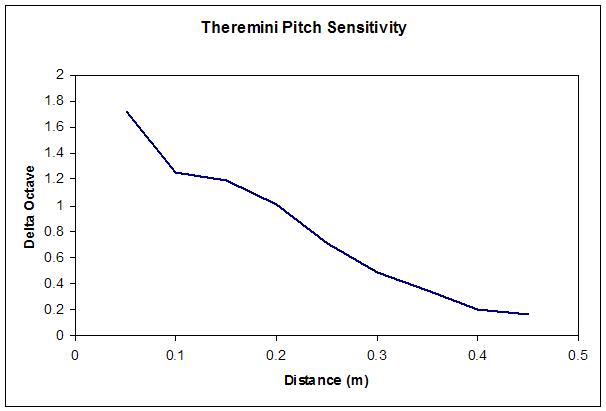Fred,
All really good points. At the heart of the matter is how you perceive the Theremini. Is it supposed to be a replacement for the Theremin (I don't think Moog is taking this position) or an adjunt to it and an acceptable replacement in certain venues (say a rock concert - the sound systems there are so poor by the time the mass of sound gets to your ears, I doubt most people could even tell the difference of a Theremini vs theremin (or care) things are so loud)? I really see the Theremini as a very viable tool for venues like this as it can produce a variety of other sounds. I don't at all dislike the Theremini (I just have issues with its current implementation - which Moog is working on - and which as you point out from just he theremini perspective can only go so far).
My question - can I get an accpetable sound out of the Theremini by maybe adjusting the spectrum to better match the Etherwave (which I can certainly do with the tools at my disposal) so I can use it for a practice instrument and maybe to easily plug in MIDI-controlled Theremin sounds in compositions I write for the instrument for mockups (my goal in addition to using it as a synthesider for Animoog sounds). Certainly MIDI keyboards have included a portamento wheel forever (so the general public is quite used to accepting pitch gliding on virtually any MIDI instrument - though it may not be an analog glide). If the theremini can be controlled through MIDI, this would add a very important use for it (as a tool for composers to test out how a piece they write might sounds - as I expect few of them would be good enough to play their own compositions - me included at this point).
The sinusoidal waveforms on the Etherwave are in fact constantly changing as you state as I can see from snapshoting at different times. I believe they do too on the Theremini (I need to check that out). Not sure about how the Theremini's spectral content changes with pitch. When I collect this data I'll throw it all into a paper I'll put on the web somewhere.
Do you know if TW maintains a collection of .WAV files for different theremins? That would be a boon to looking at getting an optimal sound out of some instruments (for example what can I do to get a more RCA sound out of an Etherwave if that is my goal?). Ideally I'd like to see say plots of A220 and A440 at least (likely some dynamic examples would be good too). I wonder if people in the community would be willing to record sustained tones on different instruments and put it in a database (if one does not exist).
Rich





